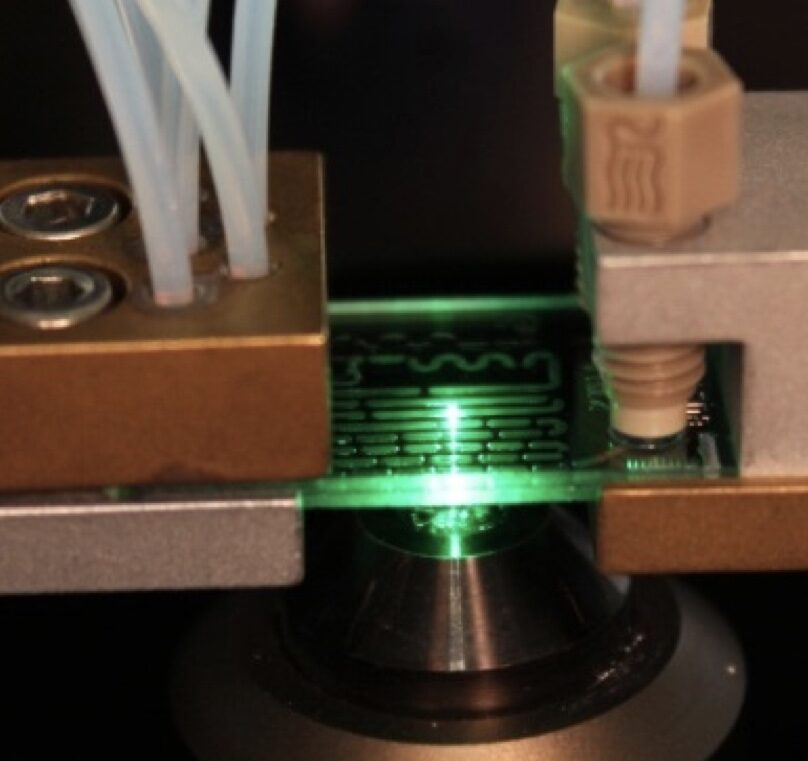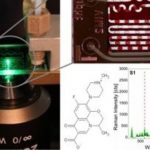- Home
- Work-Groups
- Surface enhanced vibrational spectroscopy
Surface enhanced vibrational spectroscopy
The activities of the group include the investigation of optical effects to increase the signal intensity in vibrational spectroscopy by several orders of magnitude. This increase is based on the amplification of the electric field intensity in the environment of photonic and plasmonic nanostructures. The aim is to design, investigate and apply corresponding structures based on the fundamental understanding of this signal amplification. An application usually requires a surface functionalization, the preparation of which can be perspectively examined by spectroscopic methods in-situ to make it reproducible and to perform quality control. The concrete fields of application lie in spectroscopic questions from the field of environmental and food analysis as well as from the medical sector such as the monitoring of drug levels and the detection of pathogens.
Contact
Research Topics
Understanding, drafting and designing photonic and plasmonic structures including functionalization to amplify vibrational bands in spectra and the employment of performant SERS and SEIRA structures for biophotonic applications form the core topics of the group.
- Lab-on-Chip-SERS: SERS spectroscopy in microfluidic environment to generate reproducible measurement conditions in aqueous media
- Investigation of photonic and plasmonic structures for use as SERS or SEIRA substrates
- Chiral substrates for surface enhanced enantiomer identification
- Surface functionalization of photonic and plasmonic structures
- Investigation of low-molecular weight substances in low concentrations in complex matrices such as body fluids
- Seamless understanding of spectral intensities in infrared spectra
Areas of application

Identification and quantitative detection of low-molecular weight substances up to pathogens in biomedical and environmental analysis.
- Quantitative detection of low-molecular weight substances (e.g. drugs, metabolites) in body fluids using powerful SERS-active structures.
- Rapid detection of pathogens and infectious diseases
- Simplified and more sensitive identification of enantiomers
- Quantitative and qualitative detection of prohibited (e.g. carcinogenic or allergenic dyes) and permitted (e.g. vitamins, carotenoids) food additives and ingredients
- SERS-based detection methods in a clinical environment and using resource-saving SERS structures for applications with low laboratory/clean room infrastructure


